Dear friends,
In Japan, you’ll meet various people groups, including the Ainu of northern Japan, the Yamato Japanese, and the Ryukyuans of Okinawa. The Ryukyuan Kingdom was a key player in the history of the Asia Pacific, with a distinct language, folklore, and governing system.
The Ryukyuans created an influential seafaring kingdom, trading with China, Japan, and Korea. Naha was the port and Shuri the capital. When you visit Okinawa, you’ll find castle ruins and artifacts reflecting this Kingdom of the Sea.
Okinawa is also known for its pottery and ceramics, called yachimun. This art has been passed down since the Ryukyu Dynasty and combines different techniques including line carving, inlaying, sgraffito, and tobi kanna. Yachimun is divided into two main types: Jo-Yachi, where red clay is coated with white clay or glazed, and Ara-yachi, pottery fired without glaze or only with manganese.
While there, I visited Yomitan Pottery Village, where you can see ceramics and glass blowing shops as well as buy different pieces. The artisans are talented and friendly and will show you active demonstrations as they work at their kilns.
In Okinawa, you’ll find Shisa, a sort of cross between a dog and lion, similar to Chinese guardian lions. These protectors are said to guard Okinawans from evil spirits; some people place two outside their homes; the left Shisa will have its mouth closed while the right will be open.
The open-mouthed Shisa is meant to ward off malevolent spirits while the closed-mouth one keeps good spirits in. I saw Shisa all around Okinawa, and many Okinawan artisans have them for sale in their pottery shops, especially in Yomitan Pottery Village.
Okinawa is quite different from the rest of Japan but shares similar values of cleanliness and politeness to strangers. It has a more laid back feeling; my friend said Naha reminded her of Key West.
It also has some of the clearest diving and healthiest reefs I’ve seen in my travels, and this wasn’t even the best season for diving or the most popular dive spot in the region.
On my trip, I went diving with Deep Emotion Marine, a local dive shop run by Toyo, who was professional, helpful, and took spectacular photos of our dives. I highly recommend this dive shop if you’re staying on the main island.
Even though the water is colder than other dive spots around Asia, it was worth it to see the brilliant colors of a healthy reef and swim alongside sea turtles. Around February, you can also swim with whales.
Okinawa was the final place I visited after being in Japan for a month. It was a fitting last stop, featuring a different side of Japan, while showcasing the distinct culture of the Ryukyuans. Whether you’re a diver, history buff, or just want to relax by the sea, Okinawa is worth the visit.
Until next week,
Ash

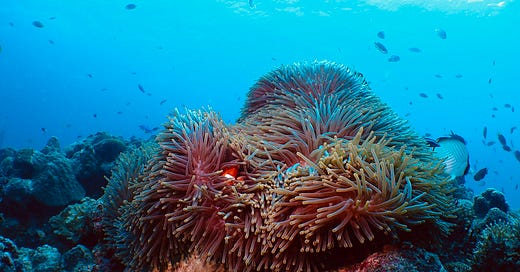


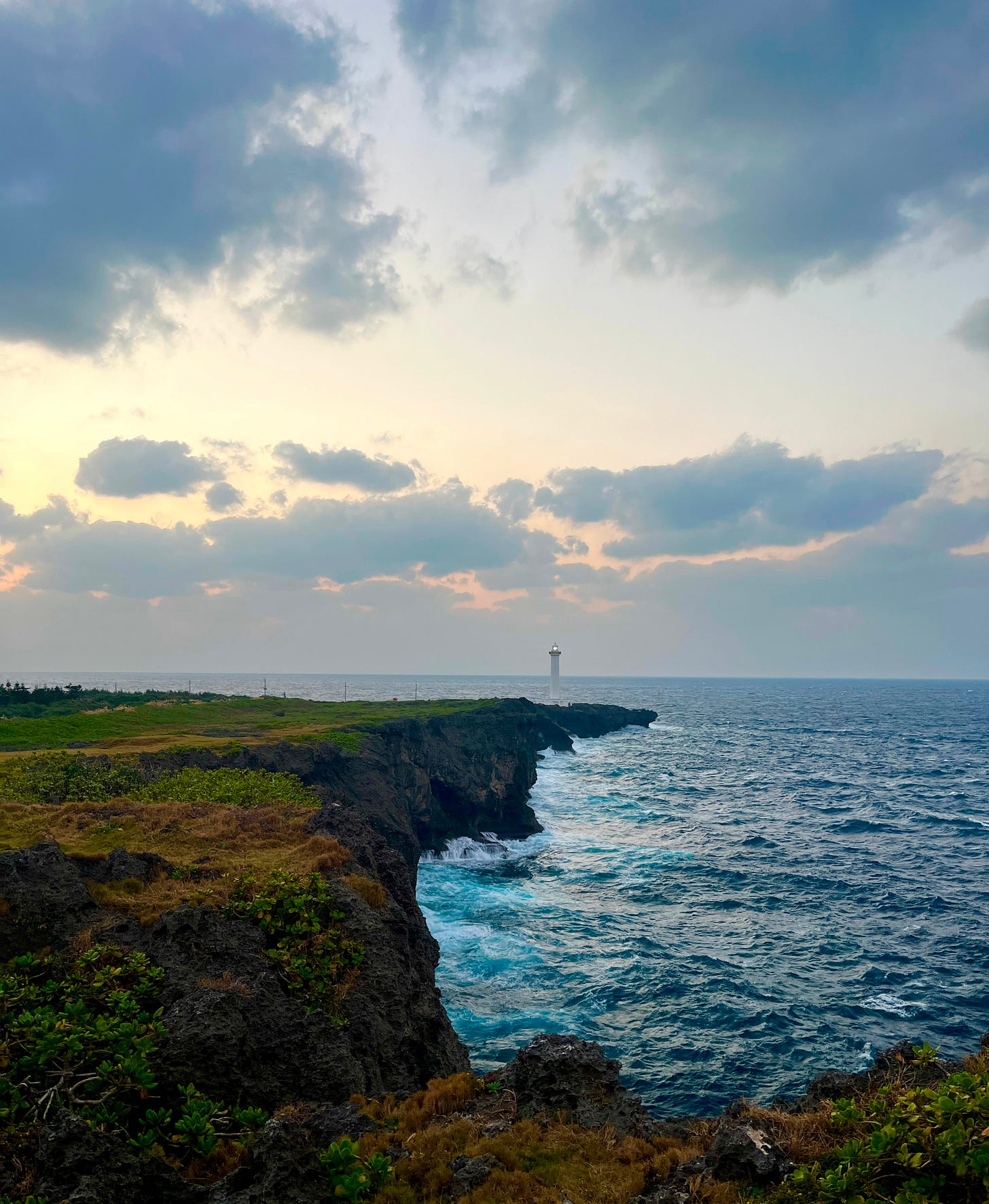
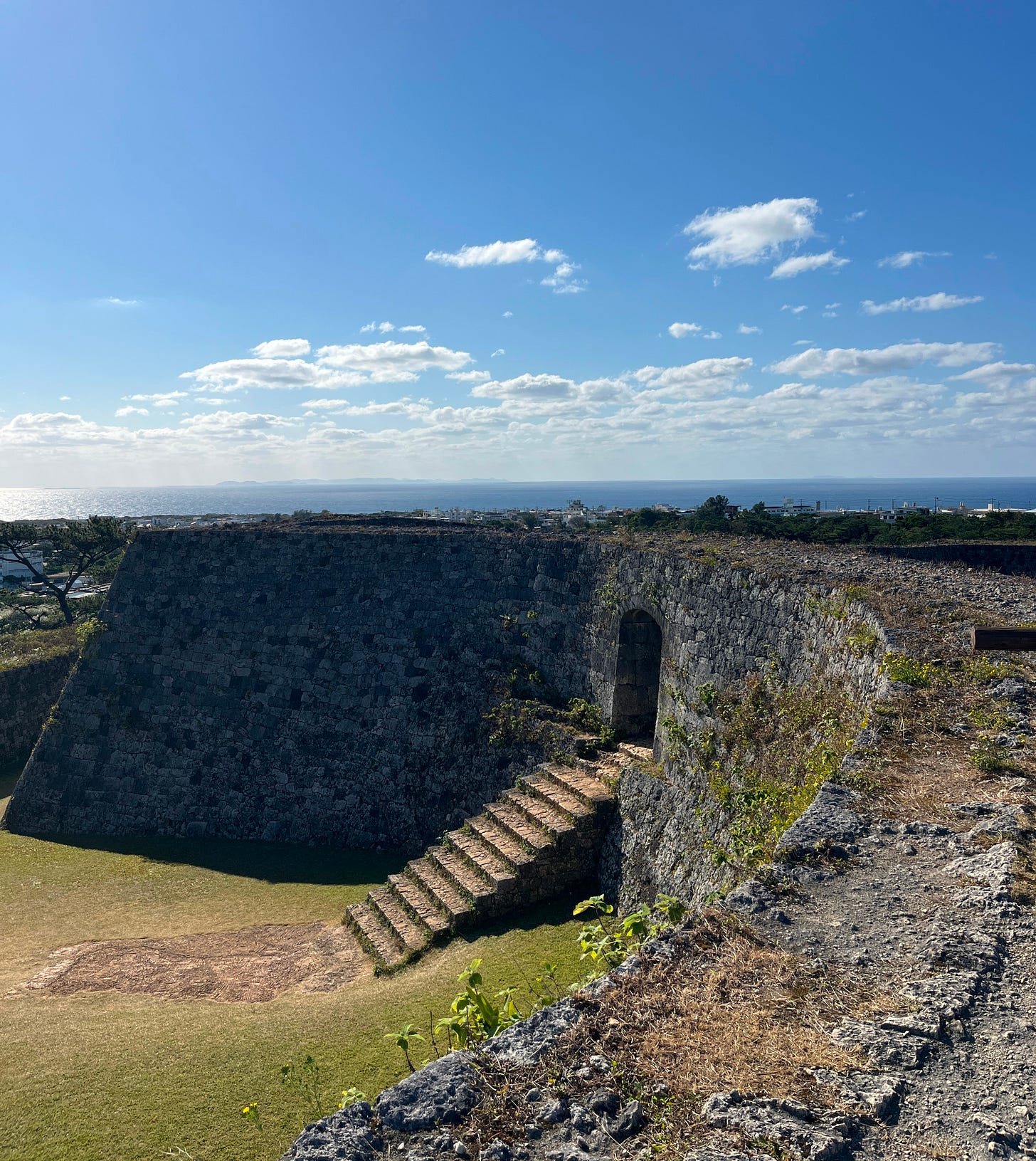
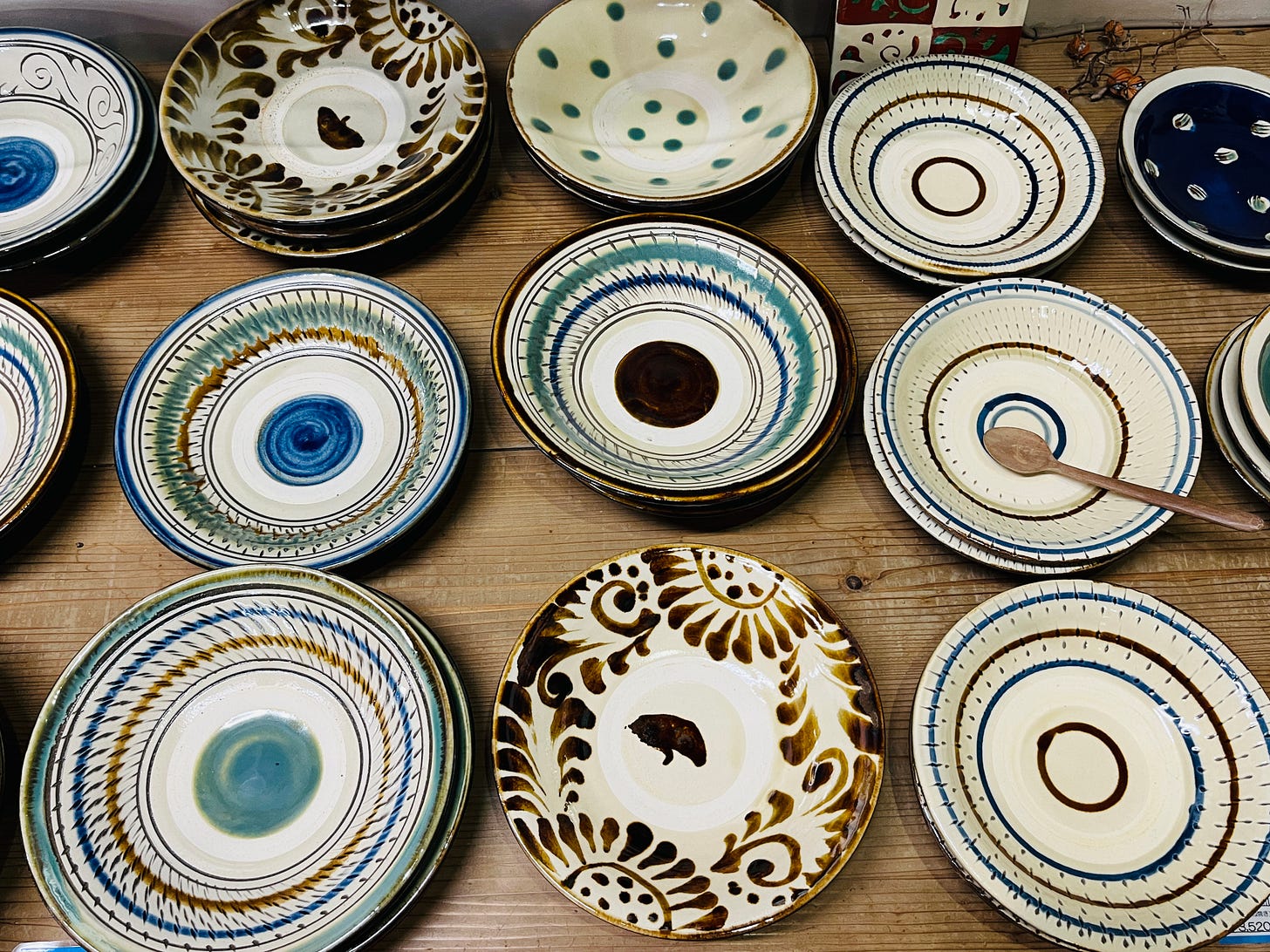
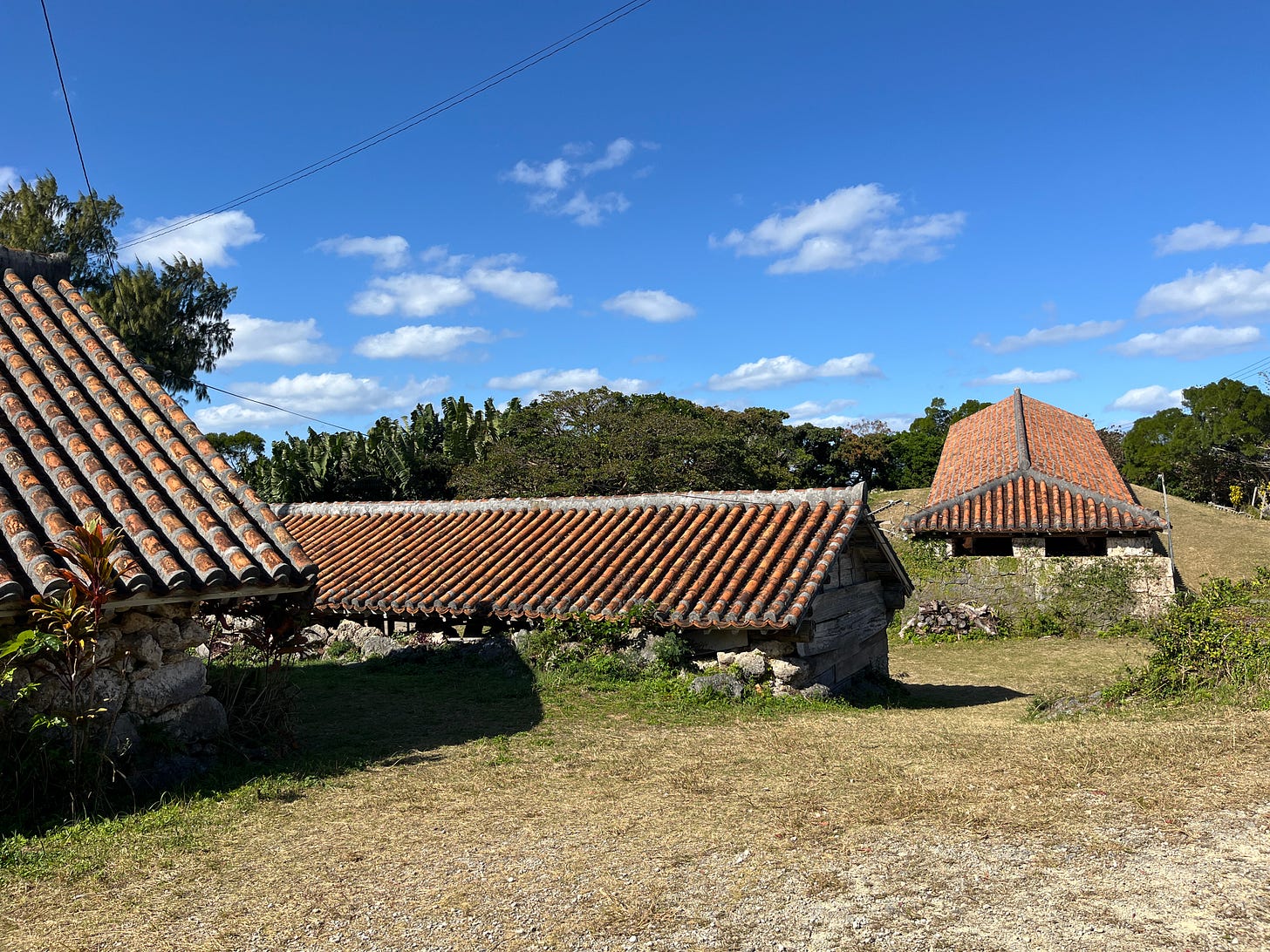
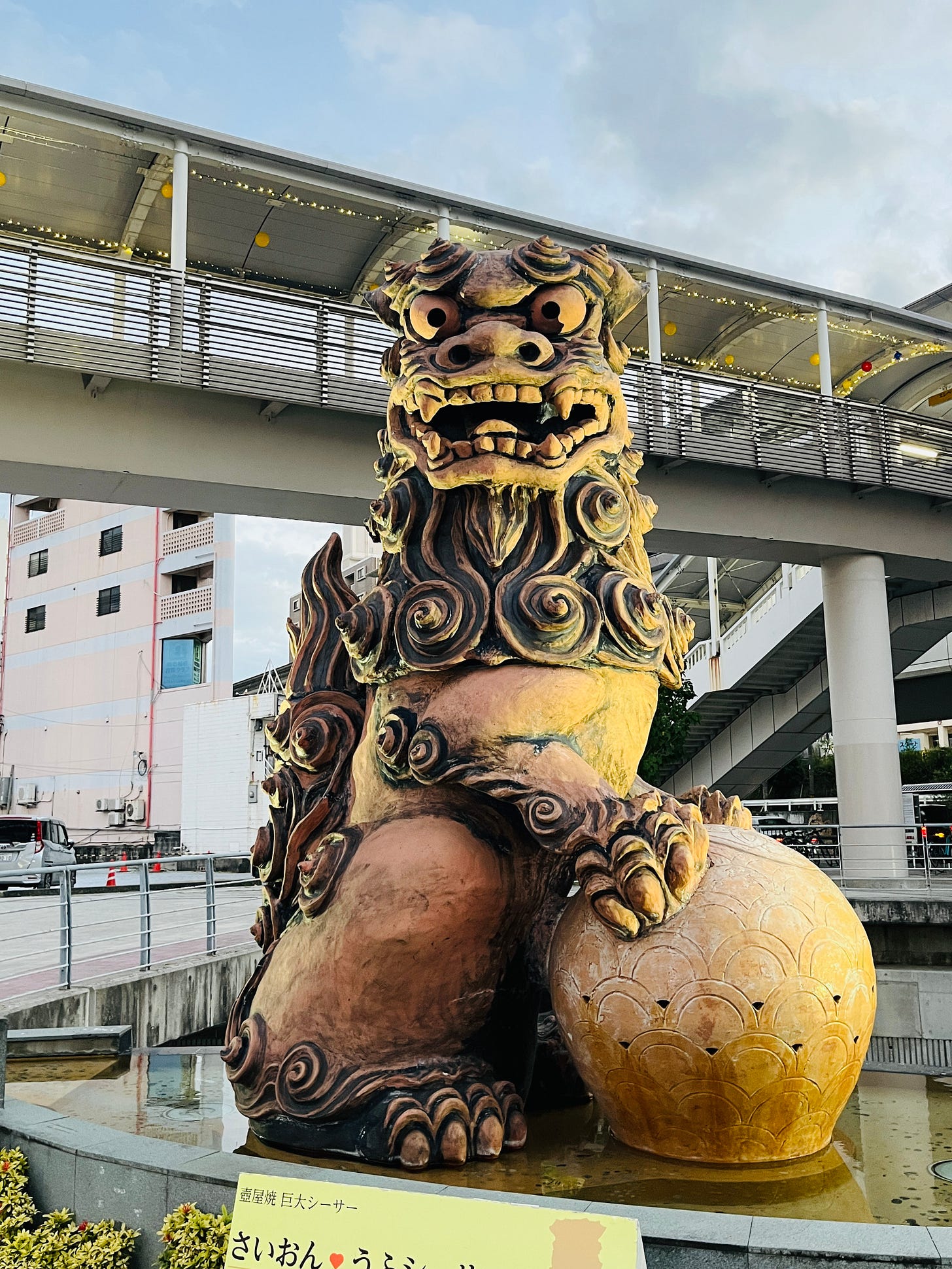
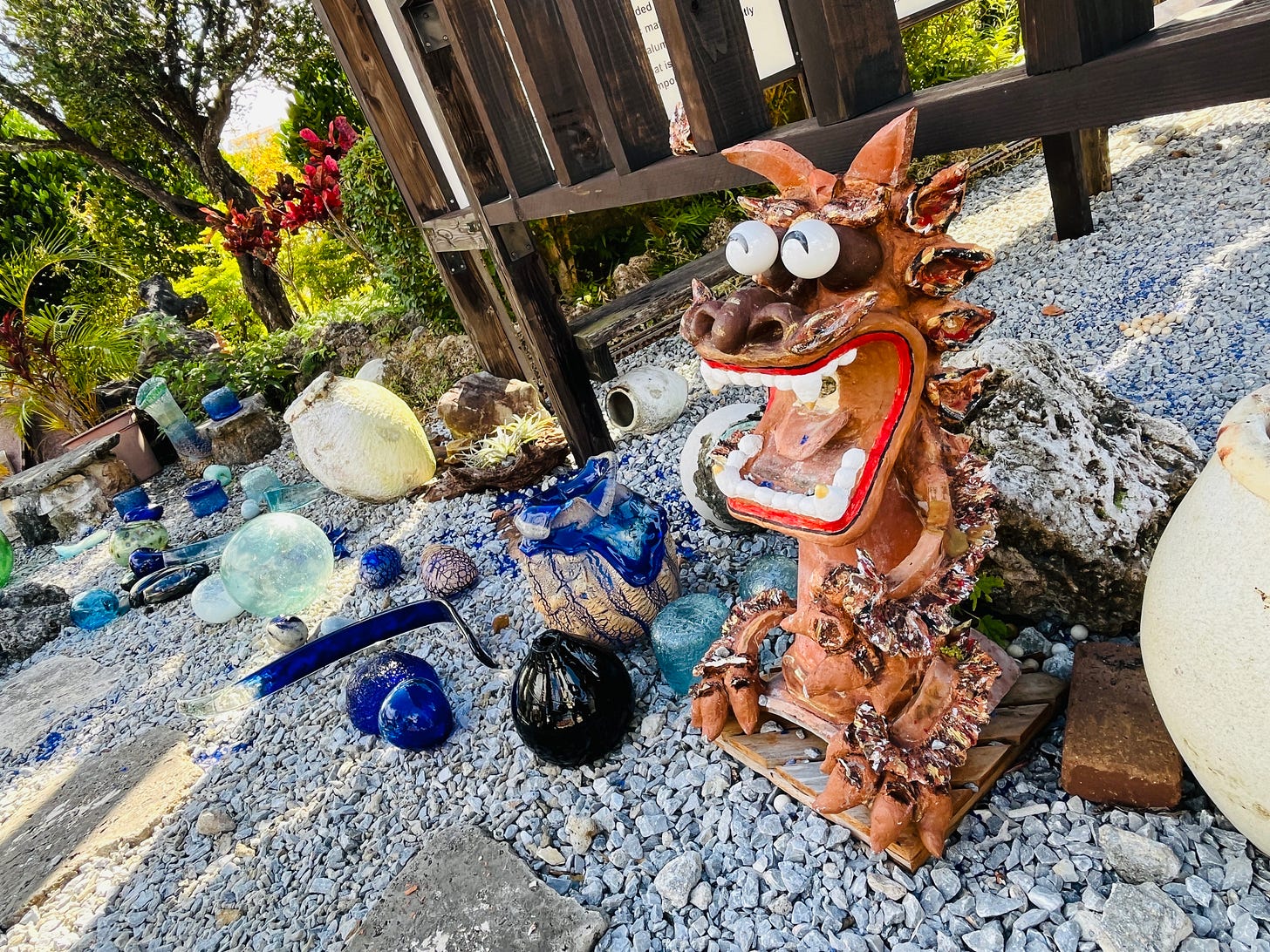
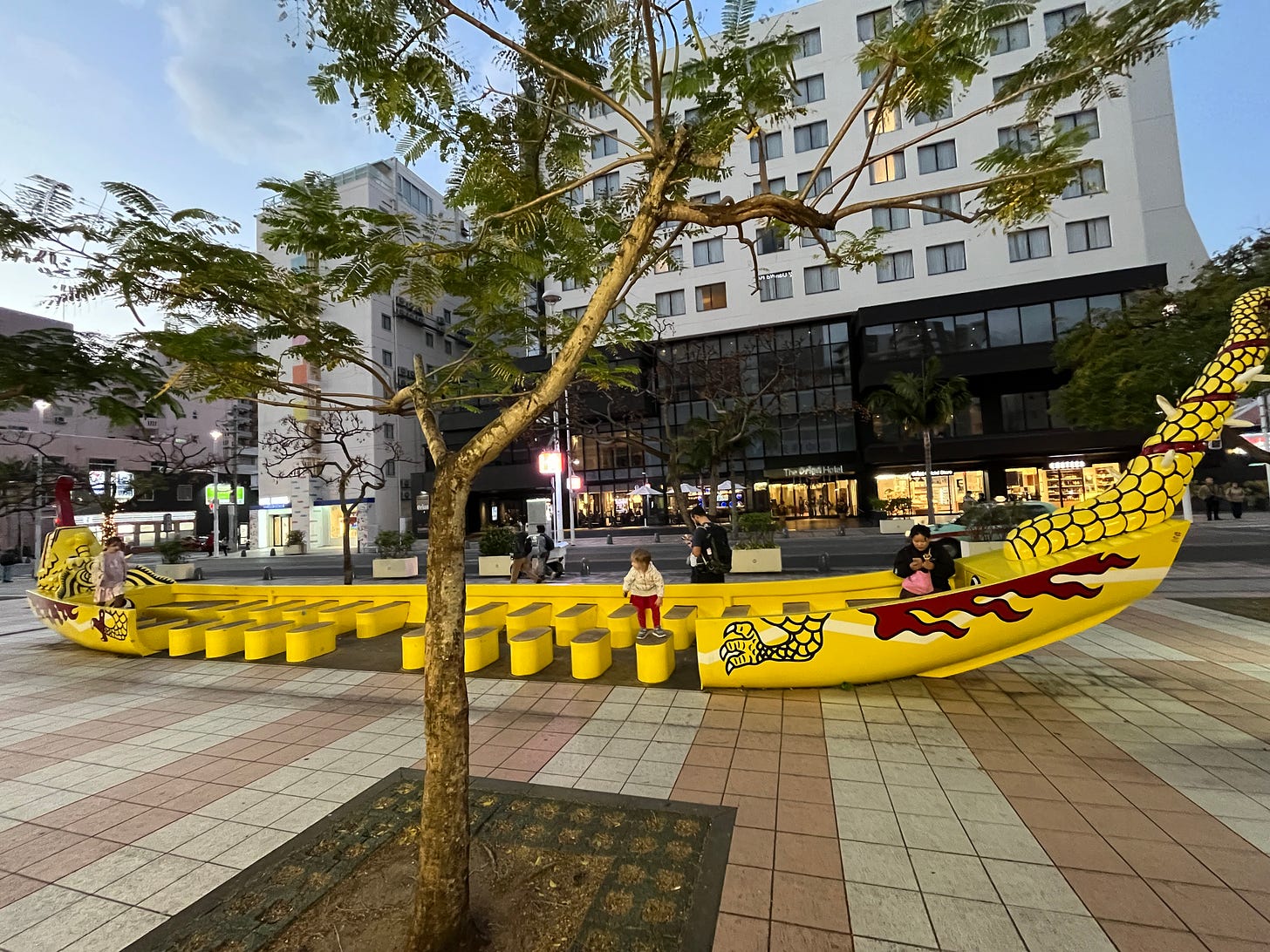

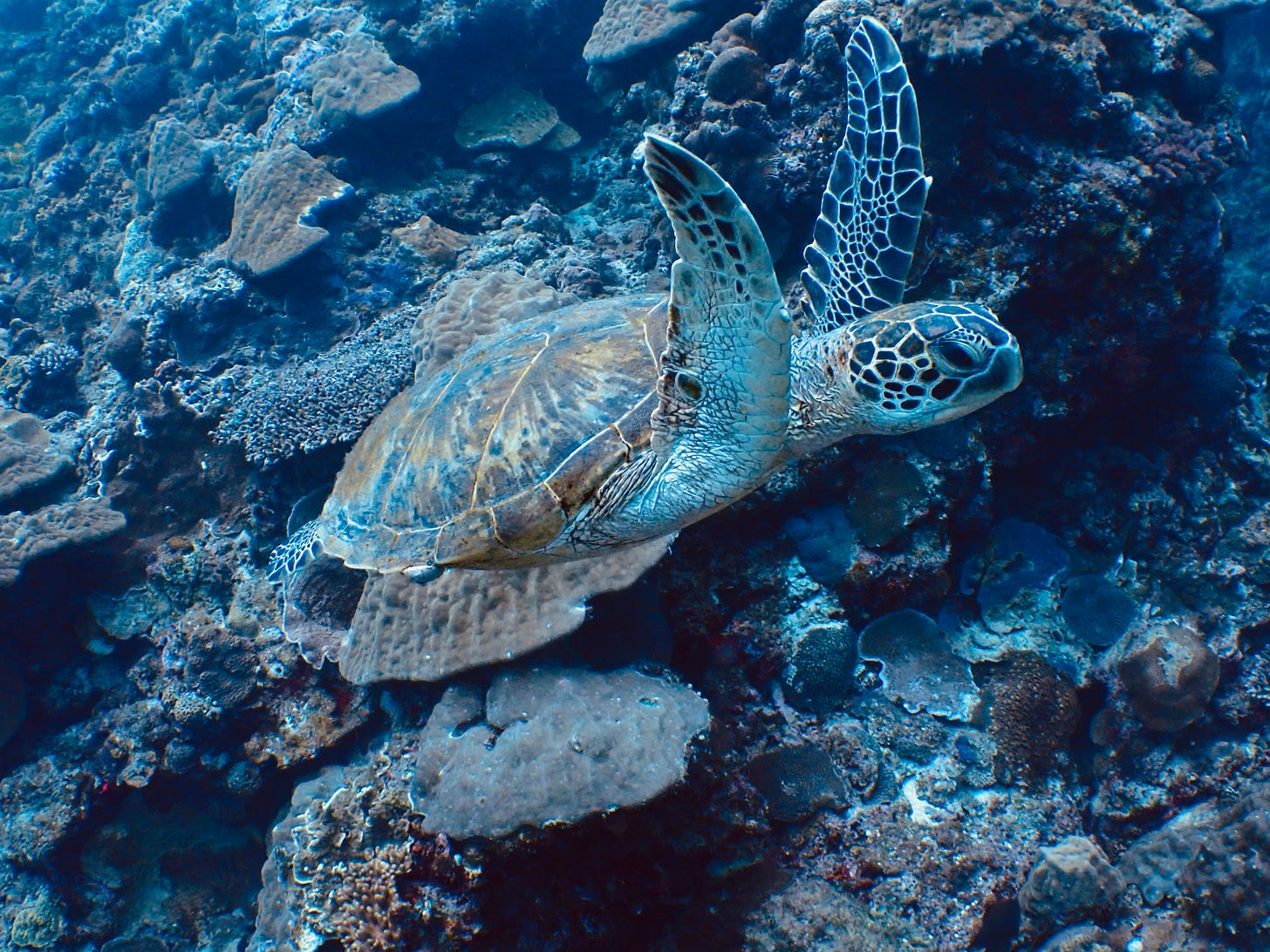
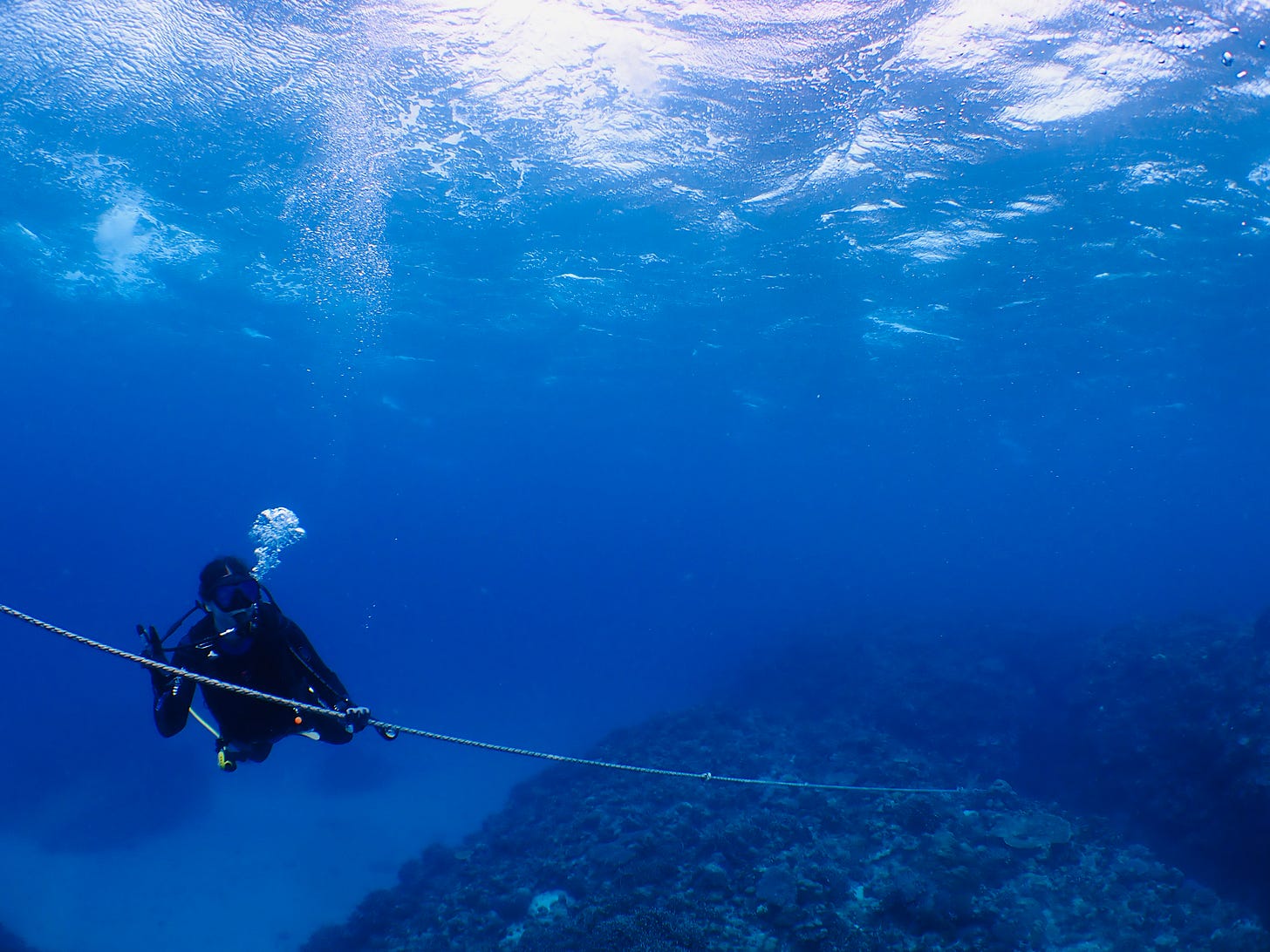

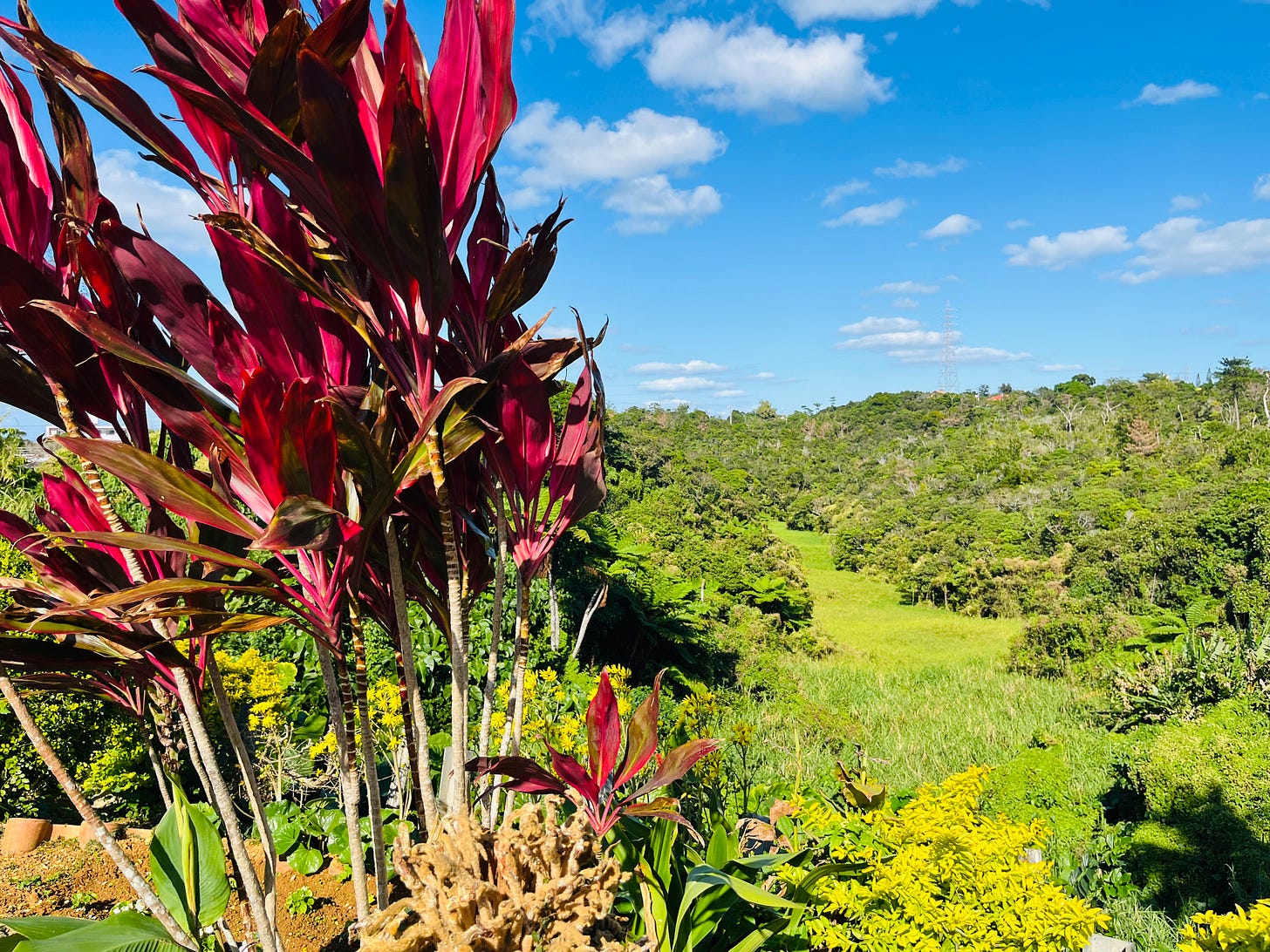
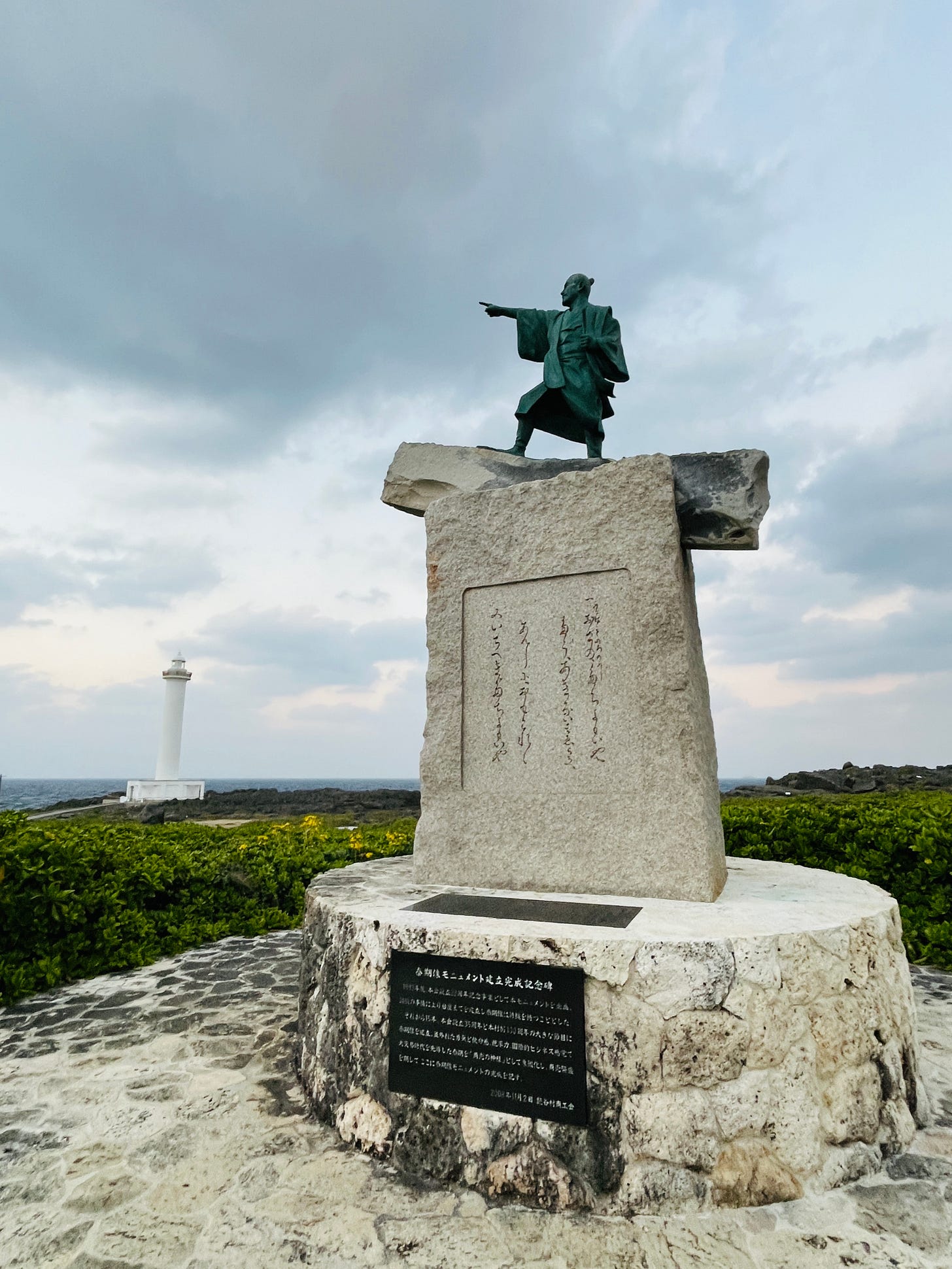
Amazing travel. I’ve enjoyed learning about each stop and the experiences you have shared
Lovely writing, as always. I enjoyed Okinawa too and we bought two Shisa for our mantelpiece at home!